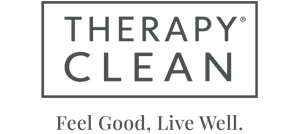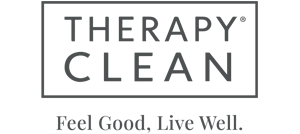For years, preservatives have been a hot button topic within the cleaning industry. These raw materials which are intended to prevent products from spoiling have come under greater scrutiny from consumers, and forced many brands (including ours) to re-evaluate how we move forward.
First, it’s important to understand that preservatives within the cleaning industry are actually regulated by the EPA. They must go under a review process and be approved by the agency before a brand can legally use them in their formula. Many times we are asked “why can’t you just use preservative X” and unfortunately it’s not that simple. You see, preservatives found in personal care products (skin creams, lotions, shampoos, etc) fall under a different category of regulation outside of the EPA. This means that brands operating within the cleaning industry have a limited scope of options. The complexity of the topic along with misinformation has forced many brands into a “no-win” situation with consumers.
Thankfully, the industry IS evolving based on consumer demand and we are proud to announce that our newest line of products - All Purpose, Dish Soap, and Glass Cleaner - now incorporate sodium benzoate as a preservative. For years, sodium benzoate has been used as a preservative within the food and cosmetic industry and is now readily available for cleaning products. In fact, it’s even categorized by the FDA as GRAS (Generally Recognized As Safe).
What Is Sodium Benzoate?
Sodium benzoate is an odorless white powder which is created by combining benzoic acid with sodium hydroxide. Its primary ingredient - benzoic acid - is natural and occurs naturally in cranberries, tomatoes, cloves, cinnamon and apples. While benzoic acid is an excellent preservative on its own, sodium hydroxide is added to make it more soluble and easier to use in products.

Why Is It a Big Deal?
Because it now formally allows brands to use a preservative that offers the same efficacy as traditional biocides, with a superior human, animal, and environmental profile. In other words, it opens up a whole new set of possibilities for everyday cleaning products. For us, we felt that it was important that products used on a daily basis (all purpose, dish, and glass cleaner) integrate the safest materials possible. In addition, most of these products are in close proximity to food - meaning that human safety was of utmost importance!
We’re proud to say that as of this post, Therapy Clean’s new line of everyday essentials is helping push the industry forward when it comes to preservatives - see chart below…
|
Brand |
Product |
Preservative* |
|
Therapy Clean |
Dish Soap - All Scents |
Sodium Benzoate |
|
Seventh Generation |
Dish Soap - Free & Clear |
Benzisothiazolinone & Methylisothiazolinone |
|
Method |
Dish Soap - Pink Grapefruit |
Methylisothiazolinone & Octylisothiazolinone |
|
Mrs Meyers |
Dish Soap - Pear Tree |
Benzisothiazolinone & Methylisothiazolinone |
|
Grove Collaborative |
Dish Soap - Lavender Blossom & Thyme |
Benzisothiazolinone & Methylisothiazolinone |
Why Don’t All Your Products Use Sodium Benzoate?
That’s a great question and one we knew consumers would be asking us! While sodium benzoate is an excellent preservative, it has its limitations. You see, in order for the material to work, we need to keep products at a certain pH level (normally between 3 - 7). By controlling the pH it allows the sodium benzoate to remain active and keep contaminants at bay.
Many of the formulations from our original product line are unable to tolerate a lower pH and unfortunately are not compatible with this material. In addition, we need to purposefully keep our pH levels higher in several formulations to ensure their efficacy.
That being said, we are optimistic that we’ll continue to get new options for preservatives in the future. As the industry continues to evolve, we’ll be at the forefront continuing to integrate the safest materials whenever possible.










